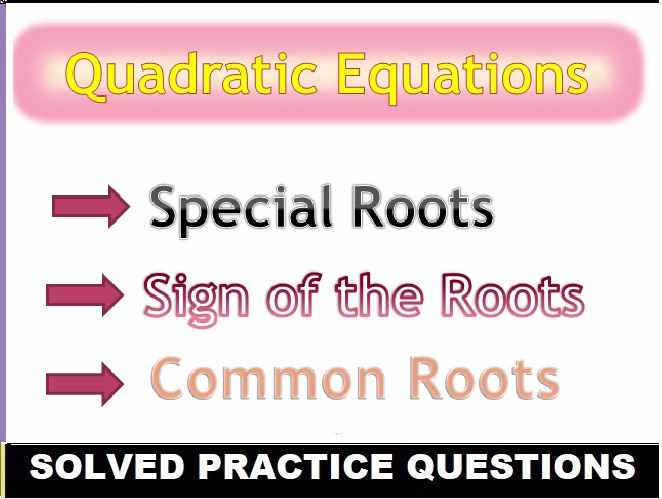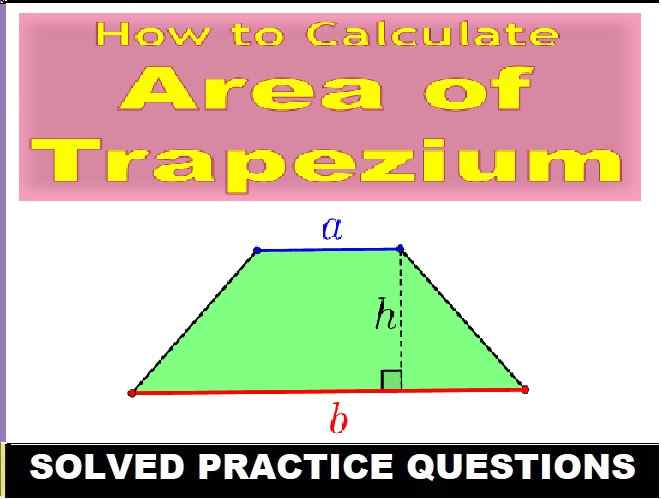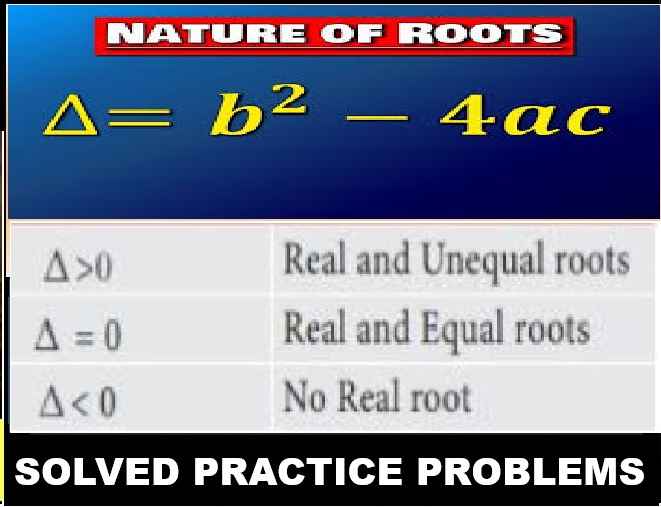Language of Chemistry Exe-1A Chemistry Class-9 ICSE Selina Publishers Solutions Chapter-1. Step By Step ICSE Selina Concise Solutions of Chapter-1 Language of Chemistry with All Exercise including MCQs, Very Short Answer Type, Short Answer Type, Long Answer Type, Numerical and Structured/Application Questions Solved . Visit official Website CISCE for detail information about ICSE Board Class-9.
Language of Chemistry Exe-1A Chemistry Class-9 ICSE Concise Selina Publishers
| Board | ICSE |
| Publications | Selina Publication |
| Subject | Chemistry |
| Class | 9th |
| Chapter-1 | Language of Chemistry |
| Book Name | Concise |
| Topics | Solution of Exercise – 1A |
| Academic Session | 2023-2024 |
A. Exercise – 1A
Language of Chemistry Class-9 Chemistry Concise Solutions
Page 10
Question 1.
Complete the following statements by selecting the correct option :
(a) The formula of a compound represents
(i) an atom
(ii) a particle
(iii). a molecule
(iv) a combination
(b) The correct formula of aluminum oxide is
(i) AlO3
(ii) AlO2
(iii) . Al2O3
(iv) Al3o2
(c) The valence of nitrogen in nitrogen dioxide (NO2) is
(i) .one
(ii) two
(iii) .three
(iv) four
Answer:
(a)iii. The formula of a compound represents a molecule.
(b)iii. The correct formula of aluminum oxide is Al2O3.
(c)iv. The valence of nitrogen in nitrogen dioxide (NO2) is four.
Question 2.
Match the following:
………………
Answer:
Answer:
| Compound | Formula (Ans) |
| (a) Boric acid | xvi. H3BO3 |
| (b) Phosphoric acid | xvii. H3PO4 |
| (c) Nitrous acid | xv. HNO2 |
| (d) Nitric acid | xiv. HNO3 |
| (e) Sulphurous acid | xiii. H2SO3 |
| (f) Sulphuric acid | xviii. H2SO4 |
| (g) Hydrochloric acid | xii. HCl |
| (h) Silica (sand) | ii. SiO2 |
| (i) Caustic soda (sodium hydroxide) |
i. NaOH |
| (j) Caustic potash (potassium hydroxide) | iv. KOH |
| (k) Washing soda (sodium carbonate) |
iii. Na2CO3 |
| (l) Baking soda (sodium bicarbonate) |
vi. NaHCO3 |
| (m) Lime stone (calcium carbonate) |
v. CaCO3 |
| (n) Water | viii. H2O |
| (o) Hydrogen sulphide | vii. H2S |
| (p) Ammonia | xi. NH3 |
| (q) Phosphine | ix. PH3 |
| (r) Methane | x. CH4 |
Question 3.
Select the basic and acidic radicals in the following compounds.
(a)MgSO4
(b)(NH4)2SO4
(c)Al2 (SO4)3
(d)ZnCO3
(e)Mg (OH) 2
Answer :
| Acidic radical | Basic radical | |
| a. MgSO4 |
SO4– | Mg+ |
| b. (NH4)2SO4 | SO4– | NH4+ |
| c. Al2(SO4)3 | SO4– | Al3+ |
| d. ZnCO3 |
CO3– | Zn2+ |
| e. Mg(OH)2 | OH– | Mg2+ |
Question 4.
Give the formula and valence of:
(a) Acuminate ……
(b) Chromate ………
(c) Aluminum ……
(d) Cupric ……
Answer:
| Name | Formula | Valency | |
| a. | Aluminates | AlO2 | -2 |
| b. | Chromate | CrO4 | -2 |
| c. | Aluminum | Al | +3 |
| d. | Cupric | Cu | +2 |
Question 5.
What do the following symbols stand for?
(a) H (b) H2 (c) 2H (d) 2H2
Answer:
(a) One Hydrogen atom
(b) Hydrogen molecules
(c) Two Atom of hydrogen
(d) Two molecules of hydrogen.
Question 6.
Write the chemical names of the following compounds:
(a) Ca3 (PO4)2
(b) K2CO3
(c)K2MnO4
(d) Mn3 (BO3)2
(e) Mg (HCO3)2
(f) Na4Fe (CN)6
(g) Ba (ClO3)2
(h) Ag2SO3
(i) (CH3COO) 2Pb
(j) Na2SiO3
Answer:
Chemical names of compounds:
Ca3(PO4)2– Calcium phosphate
K2CO3– Potassium carbonate
K2MnO4 – Potassium manganite
Mn3(BO3)2– Manganese (II) borate
Mg(HCO3)2– Magnesium hydrogen carbonate
Na4Fe(CN)6– Sodium Ferro cyanide
Ba(ClO3)2– Barium chlorate
Ag2SO3– Silver sulphite
(CH3COO)2Pb – Lead acetate
Na2SiO3– Sodium silicate
Question 7.
Write chemical formula of the sulphate of Aluminum, Ammonium and Zinc.
Answer:
Valences of aluminum, ammonium and zinc are 3, 1 and 2, respectively.
The valences of sulphate is 2.
Hence, chemical formulae of the sulphates of aluminum, ammonium and zinc are Al2(SO4)3, (NH4)2SO4 and ZnSO4.
Question 8.
The valence of an element Ais 3 and that of element Bis 2. Write the formula of the compound formed by the combination of Aand B.
Answer:
Formula of the compound = A2B3
Question 9.
Give the names of the following compounds.
(a) KCLO
(b) KCLO2
(c) KCLO3
(d) KCLO4
Answer:
(a)Potassium hypochlorite
(b)Potassium chlorate
(c)Sodium chlorate
(d)Sodium perchlorate
Question 10.
The formula of the sulphate of an element M is M2 (SO4)3Write the formula of its Chloride Oxide Phosphate Acetate
Answer:
The valence of metal M is 3. So, the formulae are as follows:Chloride – MCl3Oxide – M2O3Phosphate – M(PO4)Acetate – M(CH3COO)3
Question 11.
What is a symbol of an element ? What information does it convey?
Answer:
A symbol is the short form which stands for the atom of a specific element or the abbreviations used for the names of elements
It represents a specific element.
(i)It represents one atom of an element.
(ii)A symbol represents how many atoms are present in its one gram (gm) atom.
(iii) It represents the number of times an atom is heavier than one atomic mass unit (amu) taken as a standard.
Question 12.
Why is the symbol S for Sulphur, but Na for sodium and Si for silicon?
Answer:
In most cases, the first letter of the name of the element is taken as the symbol for that element and written in capitals (e.g. for Sulphur, we use the symbol S). In cases where the first letter has already been adopted, we use a symbol derived from the Latin name (e.g. for sodium/Atrium, we use the symbol Na). In some cases, we use the initial letter in capital together with a small letter from its name (e.g. for silicon, we use the symbol Si).
A. Exercise – 1A
Language of Chemistry Class-9 Chemistry Concise Solutions
Page 11
Question 13.
Write the full form of IUPAC. Name the elements represented by the following symbols:
Au, Pb, Sn, Hg
Answer:
The full form of IUPAC is International Union of Pure and Applied Chemistry.
Names of the elements:
Au – Gold
Pb – Lead
Sn – Tin
Hg – Mercury
Question 14.
If the symbol for Cobalt, Co, were written as CO, what would be wrong with it?
Answer:
Co stands for Cobalt. If we write CO, then it would mean that it is a compound containing two non-metal ions, i.e. carbon and oxygen, which forms carbon monoxide gas.
Question 15.
What is meant by atomicity? Name the diatomic element.f
Answer:
The number of atoms of an element that join together to form a molecule of that element is known as its automatically.
Diatomic molecules: H2, O2, N2, Cl2
Question 16.
(a) Explain the terms ‘valence’ and ‘variable valency
(b) How are the elements with variable valence named? Explain with an example
Answer:
(a)
Valence of Na is +1 because it can lose one electron.
Valence of O is -2 because it can accept two electrons.
Variable valence: It is the combining capacity of an element in which the metal loses more electrons from a shell next to a valence shell in addition to electrons of the valence shell.
(b)
If an element exhibits two different positive valences, then
for the lower valence, use the suffix -OUS at the end of the name of the metal
for the higher valency, use the suffix -IC at the end of the name of the metal.
Example:
| Element | Lower valence |
Higher valency |
| Ferrum (Iron) |
Ferrous (Fe2+) | Ferric (Fe3+) |
Question 17.
a) What are chemical formulas?
(b) What is the significance of formula? Give an example to illustrated.
Answer:
(a) a set of chemical symbols showing the elements present in a compound and their relative properties.
(b) Significance of the molecular formula:
It represents both molecule and molecular mass of the compound. represents the respective number of different atoms present in one molecule of the compound.and Also It represents the ratios of the respective masses of the elements present in the compound.
Question 18.
What do you understand by the following terms?
(a) Acid radical (b) Basic radical
Answer :
(a) Acid radical:
The electronegative or negatively charged radical is called an acid radical.
Examples:Cl–, O2-
(b) Basic radical:
The electropositive or positively charged radical is called a basic radical.
Examples:K+, Na+
Question 19.
Write the basic radicals and acidic radicals of the following and then write the chemical formulae of these compounds.
(a)Barium sulphate
(b)Bismuth nitrate
(c) Calcium bromide
(d) Ferrous sulphide
(e) Chromium sulphate
(f) Calcium silicate
(g) Stannic oxide
(h) Sodium zincate
(i) Magnesium phosphate
(j) Sodium thiosulphate
(k) Stannic phosphate
(l) Nickel bisulphate
(m) Potassium manganite
(n) Potassium Ferro cyanide
Answer:
| S. No. |
Compound | Basic radical |
Acidic radical |
Formula |
|---|---|---|---|---|
| a | Barium sulphate |
Ba2+ | SO42- | BaSO4 |
| b | Bismuth nitrate |
Bi3+ | NO3– | Bi(NO3)3 |
| c | Calcium bromide |
Ca2+ | Br– | CaBr2 |
| d | Ferrous sulphide |
Fe2+ | S2- | FeS |
| e | Chromium sulphate |
Cr3+ | SO42- | Cr2(SO4)3 |
| f | Calcium silicate |
Ca2+ | SiO32- | CaSiO3 |
| g | Stannic oxide |
Sn4+ | O2- | SnO2 |
| h | Sodium zincate |
Na1+ | ZnO22- | Na2ZnO2 |
| i | Magnesium phosphate |
Mg2+ | PO43- | Mg3(PO4)2 |
| j | Sodium thiosulphate |
Na1+ | S2O32- | Na2S2O3 |
| k | Stannic phosphate |
Sn4+ | PO43- | Sn3(PO4)4 |
| l | Nickel bisulphate |
Ni2+ | HSO4– | Ni(HSO4)2 |
| m | Potassium manganate |
K1+ | MnO42- | K2MnO4 |
| n | Potassium ferrocyanide |
K1+ | Fe(CN)64- | K4[Fe(CN)6] |
Question 20.
Give the names of the elements and number of atoms of those elements present in the following compounds.
(a) Sodium sulphate
(b) Quick lime
(c) Baking soda
(d) Ammonia
(e) Ammonium dichromate
Answer:
Formula: Na2SO4
∴ It contains 2 atoms of Sodium (Na), 1 atom of Sulphur (S) and 4 atoms of Oxygen (O).(b) Quick lime
Formula: CaO
∴ It contains 1 atom of Calcium (Ca) and 1 atom of Oxygen (O).
(c) Baking soda
Formula: NaHCO3
∴ It contains 1 atom of Sodium (Na), 1 atom of Hydrogen (H), 1 atom of Carbon (C) and 3 atoms of Oxygen (O).
(d) Ammonia
Formula: NH3
∴ It contains 1 atom of Nitrogen (N) and 3 atoms of Hydrogen (H).
(e) Ammonium dichromate
Formula: (NH4)2Cr2O7
∴ It contains 2 atoms of Nitrogen (N), 8 atoms of Hydrogen (H), 2 atoms of Chromium (Cr) and 7 atoms of Oxygen (O).
— : End of Language of Chemistry Exe-1A Answer Class-9 ICSE Chemistry Solutions :–
Return to Return to Concise Selina ICSE Chemistry Class-9
Thanks
Please share with your friends



hey there is no answer to Q 12
ok
There are no answers of 12 to 17 Question
update soon
In question no 9 answers of 3 and 4 are wrong or question 3 and 4 are wrong. Please solve
update soon